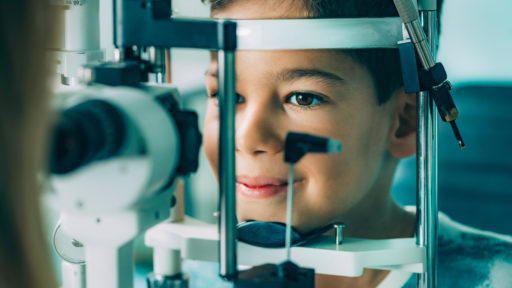Neuro-ophthalmology deals with the visual signs and symptoms of neurologic illness. The neuro-ophthalmologist’s job is to sort through the examination and history of patients for clues to the origin of the problems and determine what tests, if any, are needed for diagnosis and treatment.
Examination
The average neuro-ophthalmic examination takes between 60 and 90 minutes. It includes a detailed medical history and an examination that focuses on the vision pathway from the eye to the occipital lobes (the vision sensors in the brain). Tests include visual acuity, color vision, contrast sensitivity, pupil functions, eye movement and visual field (peripheral vision).
Doctors often refer patients to us with diseases that affect the optic nerve, brain, pituitary, pupils and eye muscles. These diseases include:
- Brain tumors
- Cranial nerve palsies
- Intracranial hypertension
- Ischemic optic neuropathy
- Metabolic disorders
- Multiple sclerosis
- Myasthenia gravis
- Optic atrophy
- Optic neuritis
- Psychiatric and unexplained visual complaints
- Stroke
- Thyroid eye disease
Subspecialties
- Ischemic Optic Neuropathy
- Pseudotumor Cerebri
- Ocular Myasthenia
- Double Vision
- Giant Cell Arteritis
- Optic Disc Edema/ Papilledema
- Optic Neuritis
- Unexplained Vision Loss



